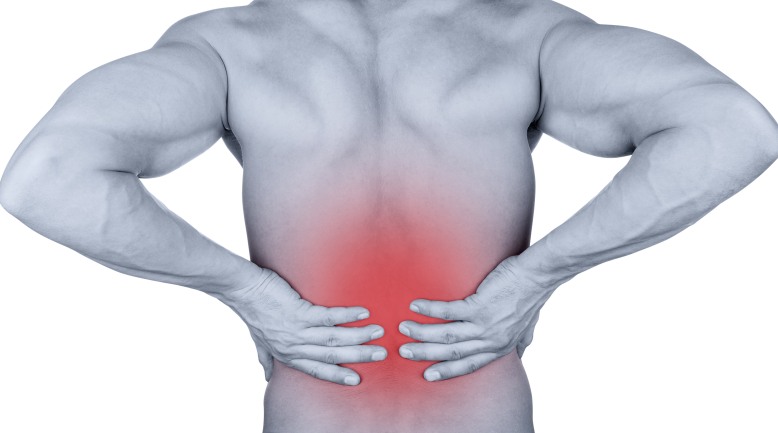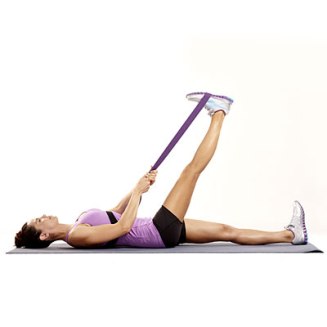Jonathan here, again.
We sure hope so; it is your blog.
No need to be incogitant now—I’m trying to help you out with this post.
This is part 1 in a series I will be writing which aims at helping you deal with low back pain. Subscribe if you’d like to receive the next ones as they are posted in the following weeks.

Always trying to get people to subscribe…
Yes, for sure: I’d love to make it to a double digit subscription number!
Alas, let’s get into it.
For those of you who do not know: I am an osteopath.
One of the main reasons of consultations that I see in my office is back pain—whether it be upper or lower. This series of posts will focus more on aiding those who have low back pain, although it is just as important even if you are pain-free.
There are a few important muscles that must be worked when low back pain is present. A lot of this work can be done right in your home, by yourself, for free.
One of these aforementioned muscle groups are the posterior thigh muscles, called the hamstrings.
A blurb of anatomy:
The hamstrings consists of three muscles: the semimembranosus, semitendinosus, and bicep femoris. They attach from the pelvic bone’s ischial tuberosity—that bony lump you sit on, right in the middle of the bum—to the knee joint—that knee joint, the one you have two of. These three muscles run along the posterior surface of your thigh.

Now, for the stretching: first and foremost, do not do the hamstring stretches standing up, where you bend over and try and touch your toes, or the one where you are seated, bending your entire back, trying to bring your head to your toes. These put a lot of stress on the back, and can actually accentuate and worsen your pain and prognosis.
Here are two ways to stretch your hamstrings, which are much safer for your low back:
1. Lie on your back, on a comfy surface, such as a yoga mat. Take a towel or band, and loop it around the underside of your foot. With the leg relaxed and extended, gently pull the towel or band towards you, until you feel tension in the posterior surface of your thigh. Your other leg can stay straight—as shown in the picture below—or can be bent at 90 degrees, with your foot planted firmly on the ground. The bent knee will diminish the tension in your low back.

2. Stand in front of a couch, chair, or anything that is around or slightly lower than the height of your hips. Keep the leg straight, and gently bend forward at the hips; keep your back straight! An easy way to do this is to imagine that you are approaching your navel—belly-button—to your toe. If you do this, your back should stay straight. There isn’t much movement required for you to feel the stretching in the posterior surface of your thigh.

Different beliefs exist on the amount of time that stretches should be held. I generally tell my patients to hold the position for about 30-45 seconds, 3 times per leg, several times a week or every day. The tension during the exercise should feel no more than 2 or 3 on a scale of 10, where 0 is no tension and 10 is maximal tension. If for any reason you feel numbness during the stretch, slightly lower the amount of tension that you are applying to your hamstrings.
There you have it: two safe hamstrings stretches to help with low back pain.
More to come in future posts!
What do you normally do to help with low back pain?
Lumbar-note: plugging semimembranosus in a sentence always gives you a nimbus of awesomeness.
Sources: all images taken through the Google search engine.
